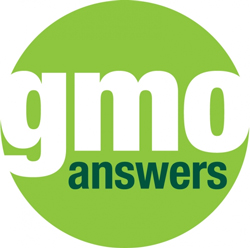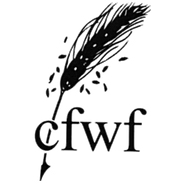 Syngenta announced that Jim Cuddeback, a corn and soybean grower from Washington, Iowa, is the grand prizewinner of its Drive to Thrive contest. This competition challenged growers and other agricultural industry professionals across America to describe what makes their farms or agribusinesses thrive.
Syngenta announced that Jim Cuddeback, a corn and soybean grower from Washington, Iowa, is the grand prizewinner of its Drive to Thrive contest. This competition challenged growers and other agricultural industry professionals across America to describe what makes their farms or agribusinesses thrive.
In Cuddeback’s winning essay, he named his family, which includes his wife of 44 years, two sons and five grandchildren, as the driving force behind his farm’s success. His genuine passion for agriculture is another motivator for him. “I entered the Drive to Thrive contest because I enjoy educating people about the role agriculture plays in our economy and the role farmers play in preserving our land and heritage,” he says. “It is a privilege to be honored with this award.”
Cuddeback notes that as he looks toward retirement and passing along the family farm to his oldest son, his primary goal is to leave the land in better condition than when he inherited it. After farming sustainably for 40 years, he is well on his way to accomplishing this goal. Since 1975, he has no-tilled most of his 540 acres of cropland. He also uses fall cover crops on his farm’s more erodible acres, has planted more than 20,000 trees on his properties, and has 250 acres in the Conservation Reserve Program. Because of his exemplary commitment to healthy soils and improved water quality, Cuddeback received an Iowa Farm Environmental Leader Award in 2014. Additionally, he is a member of the Iowa Corn Growers Association, Iowa Soybean Association, the Farm Bureau and the Southeast Iowa Research Farm.
And Syngenta is proud to recognize Cuddeback as its first Drive to Thrive grand prizewinner. Earlier this year, the company posted the 10 best entries, as determined by a panel of judges, onto its Thrive website and invited visitors to vote for their favorite. Based on online voting and the quality of his essay, Cuddeback was named the winner. In addition to a touchscreen tablet, which all 10 deserving finalists received, Syngenta has awarded him with a $500 gas card and plans on featuring him in Thrive magazine.
 If you wear pink for Breast Cancer Awareness this month, you might pair it with green for Get to Know GMOs Month.
If you wear pink for Breast Cancer Awareness this month, you might pair it with green for Get to Know GMOs Month.












